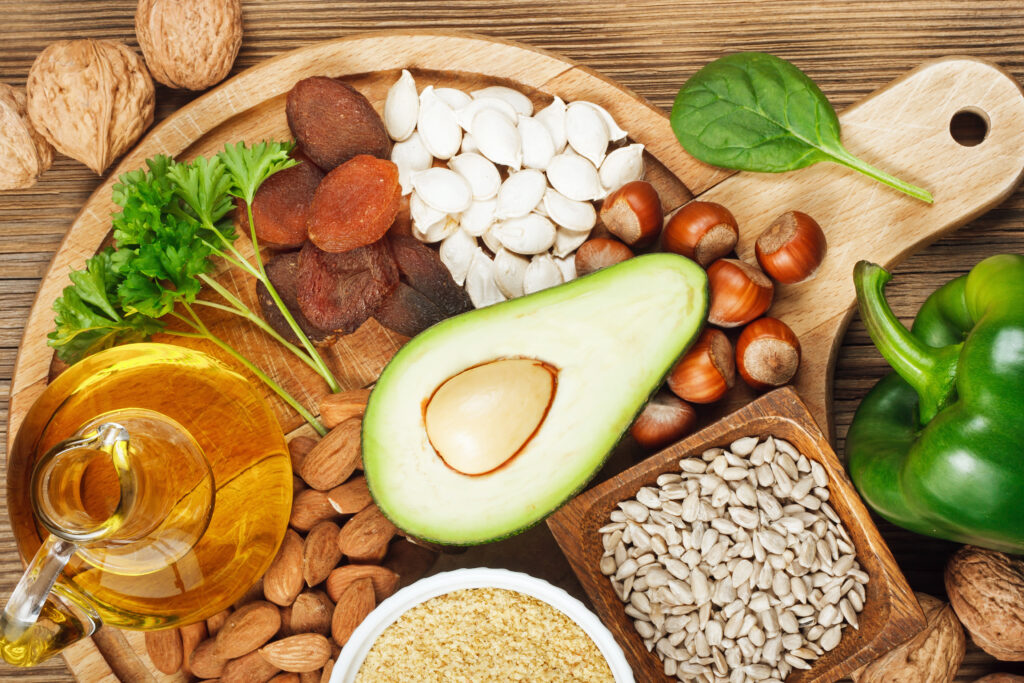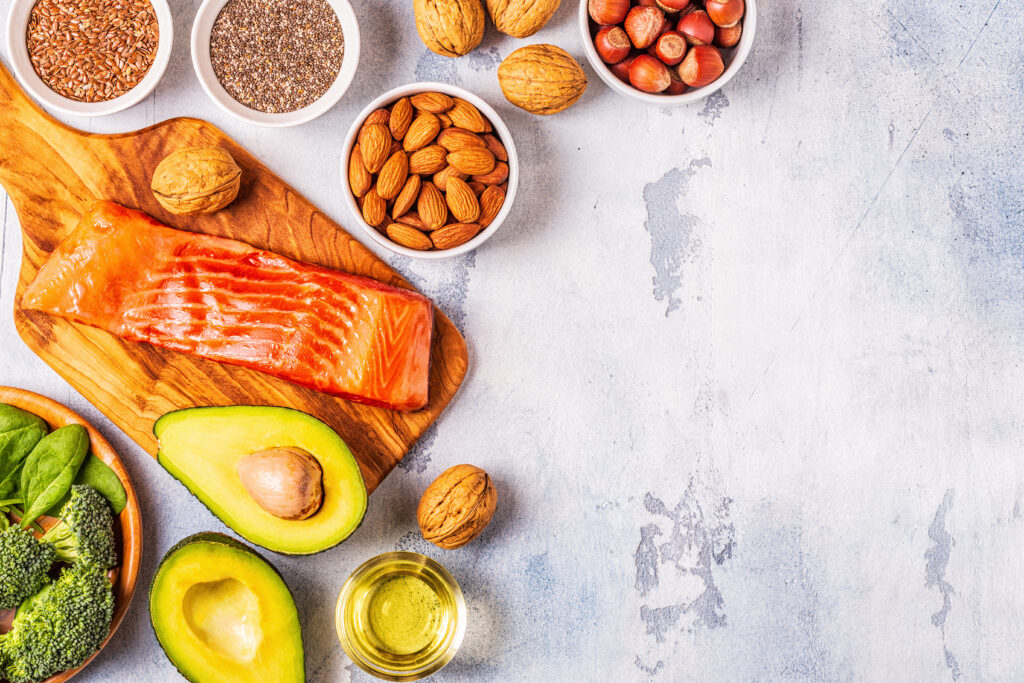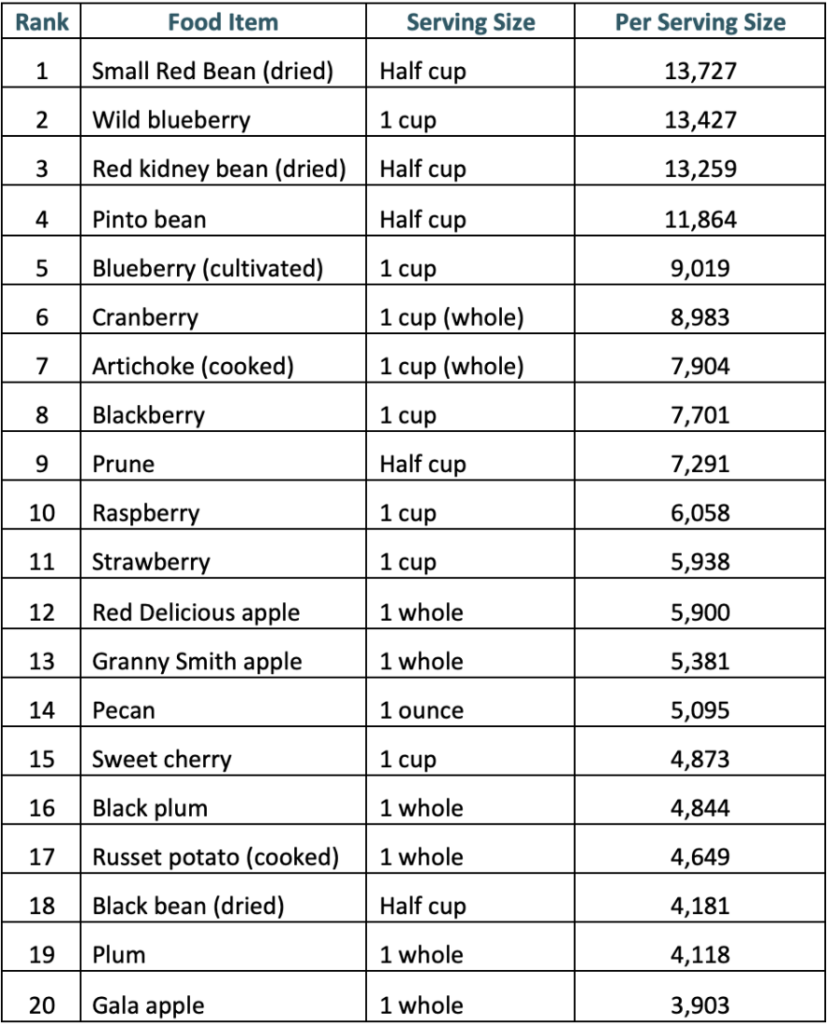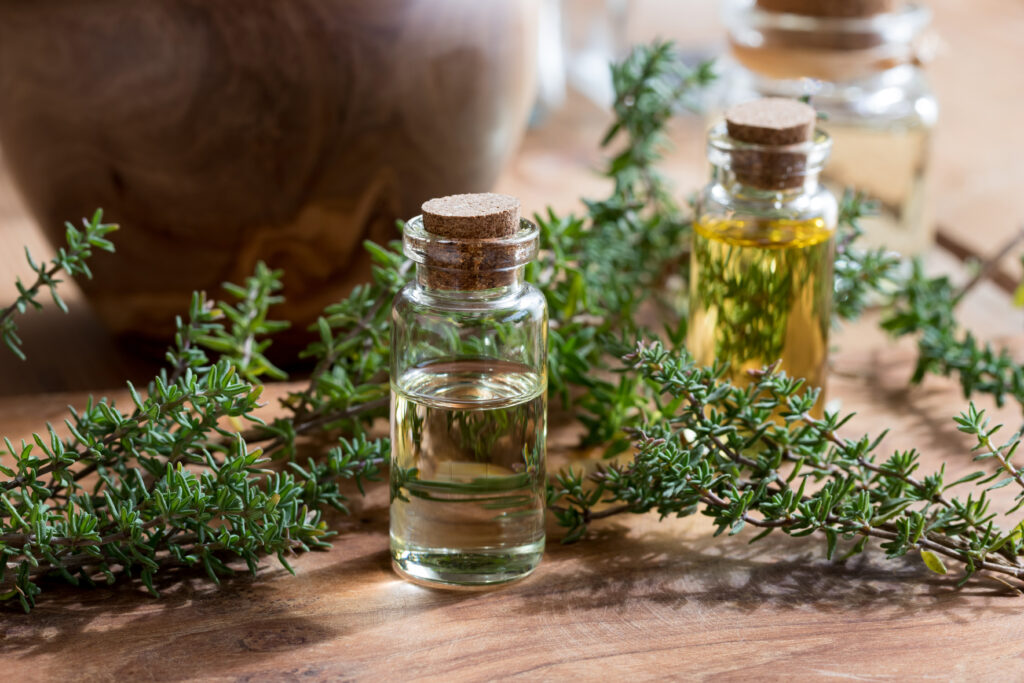
How many times have you heard the phrase, “these are so good for you, they’re full of antioxidants”? Or maybe you’ve seen the label on one of your favorite granola bars stating, “50% DV antioxidants!” It all sounds so mysterious and magical, almost makes me want to whip out my wallet and buy them too! But what exactly are antioxidants? Why do we need them? What purpose do they serve other than aiding to slowly and surely deplete our bank accounts, one granola bar at a time?
Antioxidants: What They Do
Simply put, antioxidants are compounds that help fight against oxidation. Oxidation is a chemical process that occurs within the cells. This process ultimately results in the loss of electrons. The oxidation process is called free-radical, something WebMD describes as “…a destructive fragment of oxygen produced as a by-product. Increased free-radicals are thought to trigger atherosclerosis.” These free-radicals can sneak up on us from all sorts of sources. We get free-radical damage from pollution, tobacco smoke, processed foods, and even UV rays.
So unless we’re talking about fat loss, generally people are not too fond of hearing about things their body is losing, electrons included. But don’t worry, it’s only temporary. We’ve got a comprehensive list coming your way, jam-packed full of antioxidants and where to find them!
Paradise in the Produce Section
 While your body produces antioxidants itself, the prime source for antioxidants are found in plant-based foods.
While your body produces antioxidants itself, the prime source for antioxidants are found in plant-based foods.
Common antioxidants are:
- Flavonoids
- Vitamin C
- Vitamin E
- Beta-carotene
- Lycopene
- Omega-3, 6
- Vitamin A
- Selenium
Each antioxidant serves an individual purpose, but together they all fight against free-radicals.
Flavonoids are generally found in a wide range of brightly colored fruits and vegetables such as citrus fruits, cherries, oranges, plums, blueberries, strawberries, apples, spinach, and parsley. Tea and red wine also contain flavonoids.
Vitamin C inhabits most fruits and vegetables. Berries, grapefruit, honeydew, kiwi, mangos, oranges, papayas, cantaloupe, and nectarines are all particularly high in vitamin C. Some veggies rich in Vitamin C include broccoli, kale, Brussel sprouts, cauliflower, snow peas, sweet potatoes, tomatoes, and bell peppers.
 Most seeds and nuts contain Vitamin E. Sunflower seeds, almonds, hazelnuts, and peanuts are particularly rich. You can also find it in some fruits like mangos and papayas, and some vegetables like broccoli (boiled), avocado, chard, turnips, red peppers, spinach, and pumpkin.
Most seeds and nuts contain Vitamin E. Sunflower seeds, almonds, hazelnuts, and peanuts are particularly rich. You can also find it in some fruits like mangos and papayas, and some vegetables like broccoli (boiled), avocado, chard, turnips, red peppers, spinach, and pumpkin.
Beta-carotene can be found in fruits like apricots, cantaloupe, mangos, papayas, nectarines, peaches, tangerines, watermelon, and pink grapefruit. Carrots, corn, green peppers, kale, asparagus, beets, broccoli, turnip, collard greens, pumpkin, squash, spinach, sweet potato, and tomatoes also contain beta-carotene.
Guavas, mangos, watermelon, grapefruit, papaya, persimmon, asparagus, red bell peppers, red cabbage, tomatoes, and carrots all have Lycopene, a heart-healthy carotenoid.
 Omega-3 & Omega-6 fatty acids are found in seafood like salmon, mackerel, anchovies, sardines, anchovies, caviar, arctic char, and trout. They are also found in eggs, flaxseeds, chia seeds, walnuts, soybeans, tofu, flaxseed oil, and canola oil.
Omega-3 & Omega-6 fatty acids are found in seafood like salmon, mackerel, anchovies, sardines, anchovies, caviar, arctic char, and trout. They are also found in eggs, flaxseeds, chia seeds, walnuts, soybeans, tofu, flaxseed oil, and canola oil.
Vitamin A is often found in dairy products like milk, butter, and several kinds of cheese such as cream cheese, blue cheese, feta cheese, cheddar cheese, goat cheese, Limburger cheese, and Roquefort cheese.
Selenium can be found in pasta, grains, Brazil nuts, cashews, cottage cheese, and many animal products like fish, beef, chicken, and turkey.
You’re bound to find ways to increase your antioxidant intake with this helpful list.
In this chart below, created by WebMD, also references the antioxidant capacity per serving of various fruits and vegetables.

Alongside this new and improved grocery list, we’ve included our favorite antioxidant-rich essential oils that can help you on your journey to a healthier lifestyle.
Essential Antioxidants
Boosting your antioxidant intake is a prime time to pull out your iTOVi scanner. Below, we’ve listed some of our favorite antioxidant-rich essential oils, but you’d be surprised just how many essential oils contain antioxidants.
Thyme
Thyme contains a variety of bioflavonoids, which make it an excellent source of antioxidants. It’s a timeless classic with its refreshing scent and versatile uses. On top of its culinary applications, Thyme has several other properties like promoting mental clarity and energy, aiding in forgiveness, understanding, emotional release, patience, open-heartedness, and tolerance.
Turmeric
Turmeric has numerous benefits for both emotional and physical health as well as having a long history of use across multiple cultures. The main active ingredient in turmeric is curcumin, which has powerful anti-inflammatory properties and doubles as an antioxidant. In addition to turmeric’s already impressive resume, it also encourages positivity and helps to create an overall uplifting outlook.
Cassia
The use of cassia dates back to biblical times, used for centuries as both a calming aromatic experience as well as promoting healthy immune function when ingested. This oil has an incredibly warm and soothing aroma, it helps create a safe and friendly environment, and is especially beneficial during cold winter nights. Cassia also promotes self-assurance, authenticity, courage, and confidence. This oil is a jack-of-all-trades when it comes to creating a cozy bodily experience both inside and out!
Oregano
We’ve all read at least one recipe that includes the use of Oregano. This herb is rich in antioxidants and undoubtedly well known for its culinary benefits. However, there are some tricks up its sleeve that not many people may be aware of. Oregano is also very calming, refreshing, and mentally stimulating. It promotes devotion, humility, flexibility, and intellectual honesty. So this oil is definitely a must-have in and outside the kitchen.
Now that you know what antioxidants are and more importantly, where to find them, let the battle against free-radicals begin!




